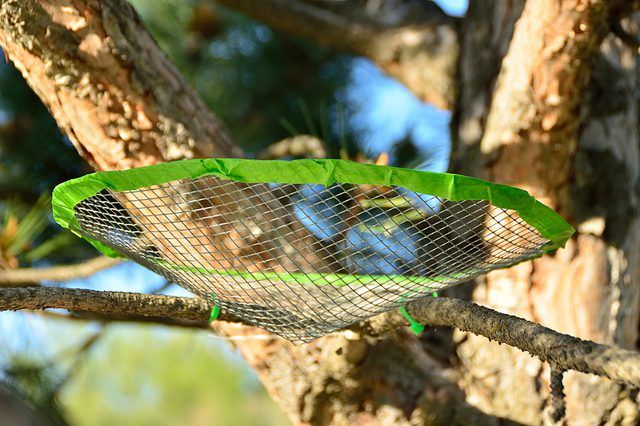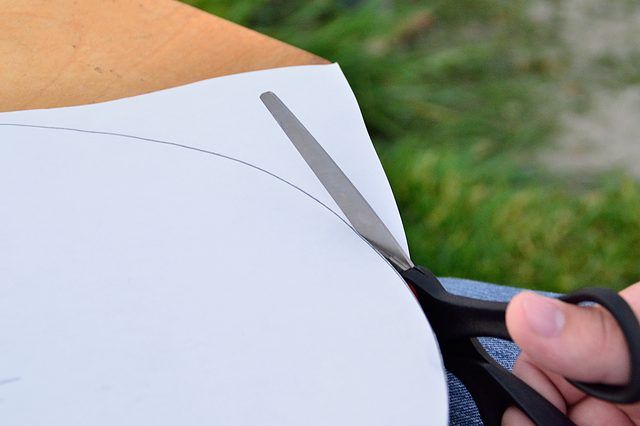Bulbs
Flower Basics
Flower Beds & Specialty Gardens
Flower Garden
Garden Furniture
Garden Gnomes
Garden Seeds
Garden Sheds
Garden Statues
Garden Tools & Supplies
Gardening Basics
Green & Organic
Groundcovers & Vines
Growing Annuals
Growing Basil
Growing Beans
Growing Berries
Growing Blueberries
Growing Cactus
Growing Corn
Growing Cotton
Growing Edibles
Growing Flowers
Growing Garlic
Growing Grapes
Growing Grass
Growing Herbs
Growing Jasmine
Growing Mint
Growing Mushrooms
Orchids
Growing Peanuts
Growing Perennials
Growing Plants
Growing Rosemary
Growing Roses
Growing Strawberries
Growing Sunflowers
Growing Thyme
Growing Tomatoes
Growing Tulips
Growing Vegetables
Herb Basics
Herb Garden
Indoor Growing
Landscaping Basics
Landscaping Patios
Landscaping Plants
Landscaping Shrubs
Landscaping Trees
Landscaping Walks & Pathways
Lawn Basics
Lawn Maintenance
Lawn Mowers
Lawn Ornaments
Lawn Planting
Lawn Tools
Outdoor Growing
Overall Landscape Planning
Pests, Weeds & Problems
Plant Basics
Rock Garden
Rose Garden
Shrubs
Soil
Specialty Gardens
Trees
Vegetable Garden
Yard Maintenance
How to Build a Birdhouse for Doves
How to Build a Birdhouse for Doves. The soft cooing of mourning doves can bring a touch of the wild to your garden. Although doves such as mourning doves feed on insects so they can minimize garden pests, they also forage for and consume weed seeds, which can help reduce weed pressure in your lawn and garden. Doves don't nest in traditional...
The soft cooing of mourning doves can bring a touch of the wild to your garden. Although doves such as mourning doves feed on insects so they can minimize garden pests, they also forage for and consume weed seeds, which can help reduce weed pressure in your lawn and garden. Doves don't nest in traditional birdhouses. Instead, they build their nests in open vegetative areas, such as trees and shrubs. Creating and installing a simple nesting cone to provide a place for doves to build a secure nest will make your yard a welcoming environment for these useful birds.

Things You'll Need
Tape measure
Scissors
Tape
Leather gloves
1/4-inch-hole hardware cloth or wire mesh screening
Sharp wire cutters
Staples or wire
Stapler (optional)
Pliers (optional)
Ladder (optional)
Twine, nails or plastic zip ties
Hammer (optional)
Step 1
Cut a 12-inch diameter circle from a piece paper. It will be a cutting template. Tape the cutting template to a piece of 1/4-inch-hole hardware cloth or wire mesh screening. Cut around the template with wire cutters, creating a hardware cloth or wire mesh circle. Wear leather gloves and use sharp wire cutters to avoid injury.

Step 2
Snip a pie-shaped wedge from one side of the hardware cloth or wire mesh circle, cutting from the circle's edge to its exact center. Make the wedge 2 ? inches wide at its widest point.

Step 3
Fold the hardware cloth or wire mesh circle into a cone shape, overlapping the edges where the wedge was removed by 1 inch. Attach those overlapping edges together with staples or by weaving a piece of wire through them.

Step 4
Fold back the cut edges around the cone's opening, using your gloved fingers or pliers. Fold those edges away from the cone's interior, and flatten the folds completely so no sharp wires protrude, or else they could harm the doves and other animals.

Step 5
Place the cone in an area shaded and screened by light vegetation, preferably 6 to 16 feet above ground. The fork of a tree branch or the interior of a tall shrub works well. Secure the cone to the branches with twine, nails or plastic zip-ties.
